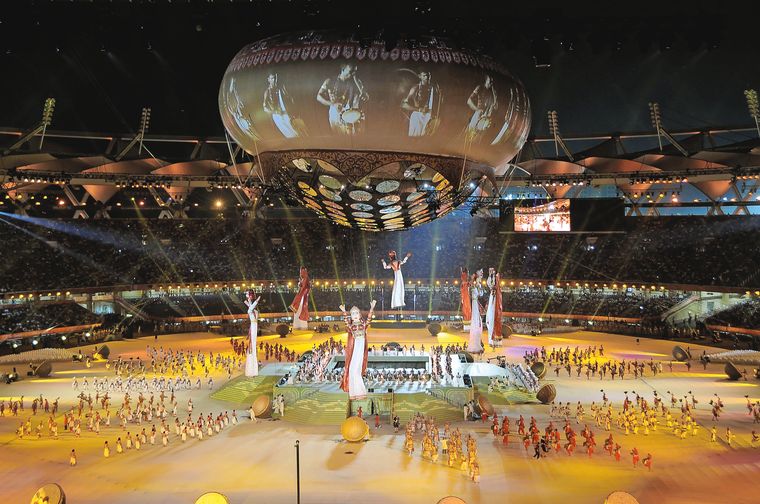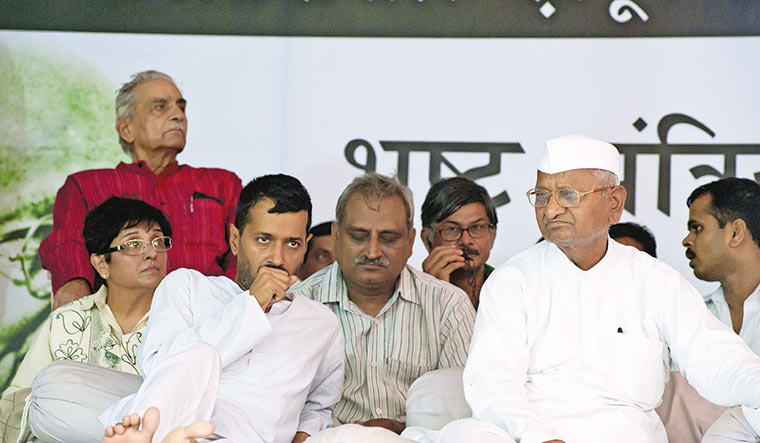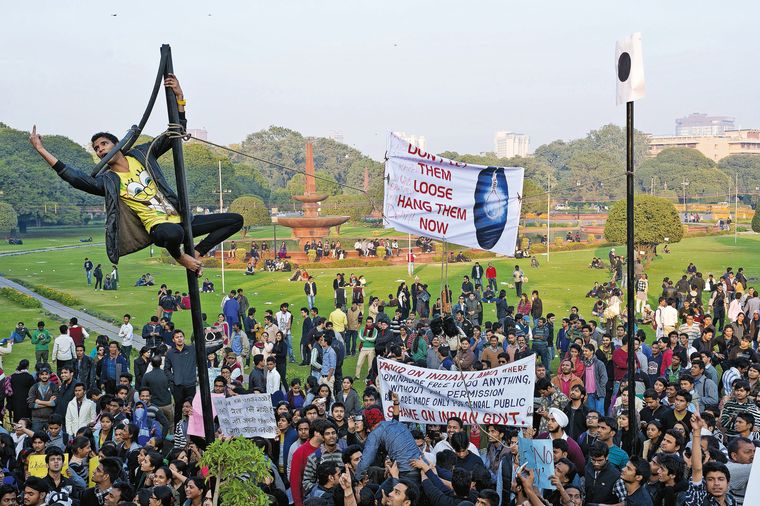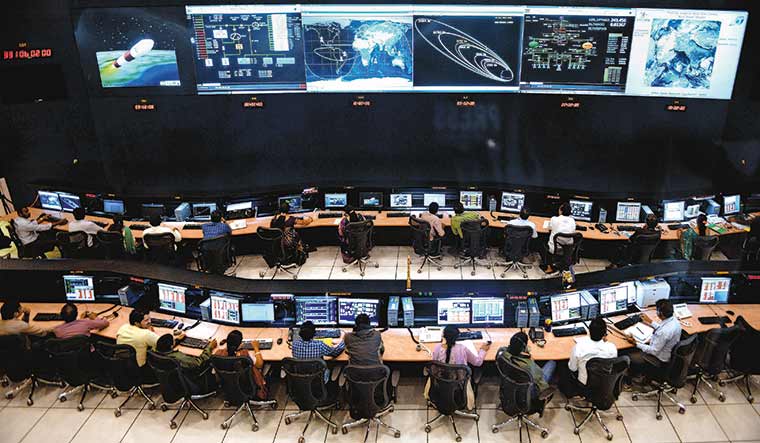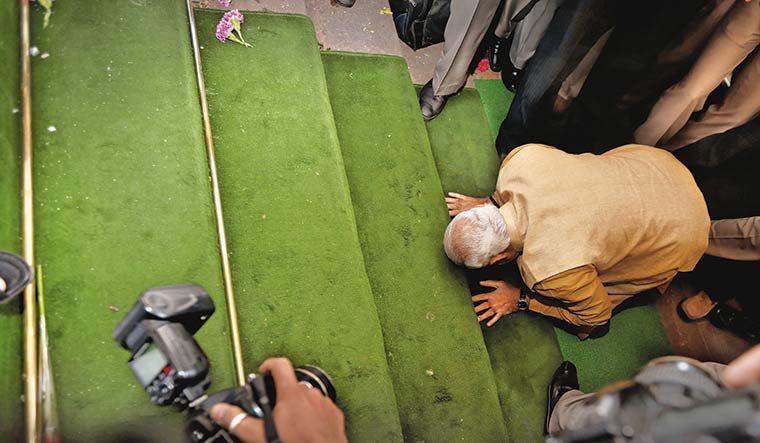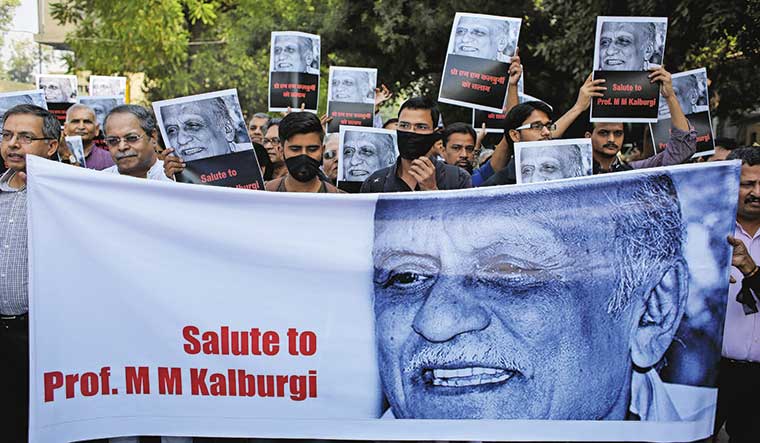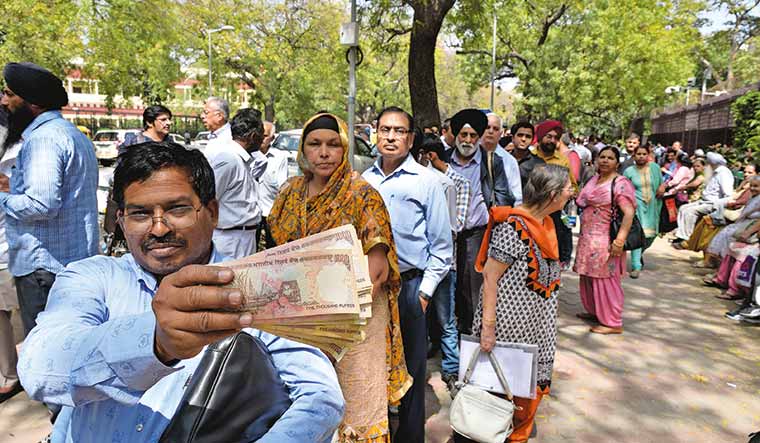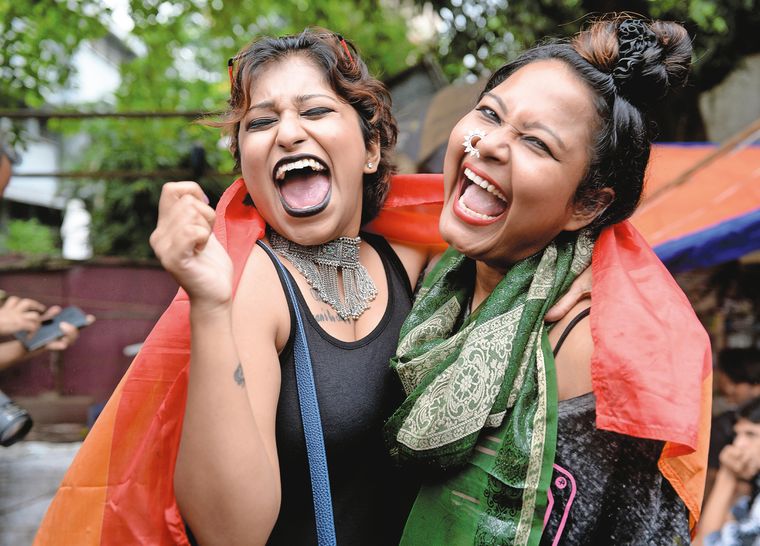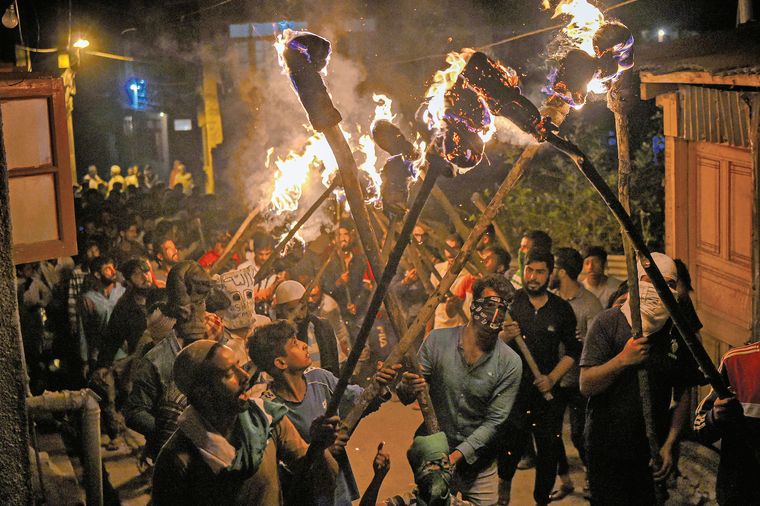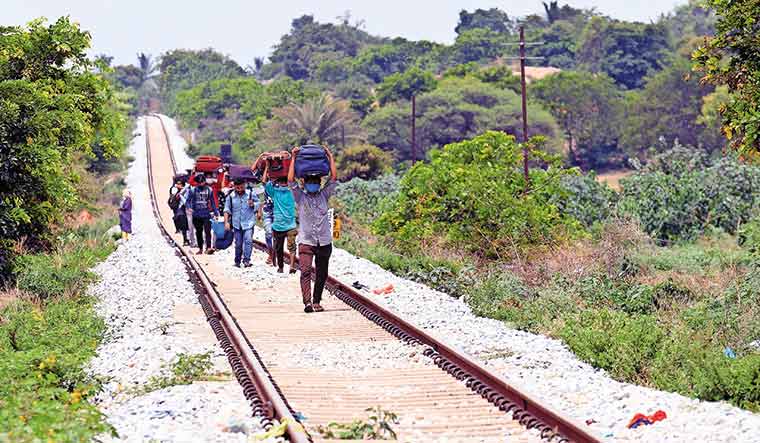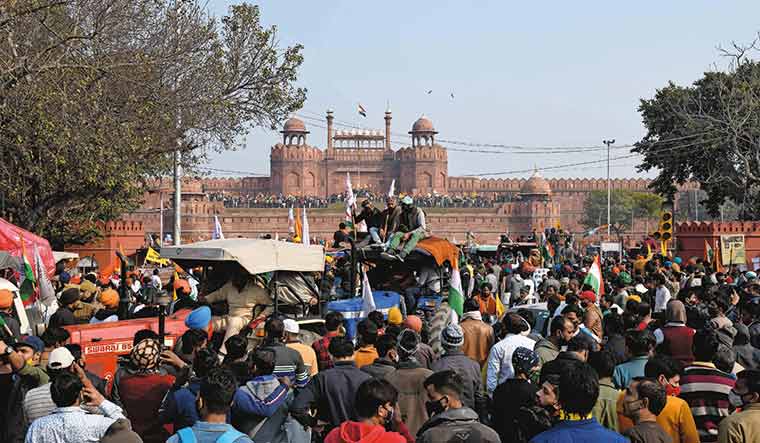This is truly the digital age. With a low-cost smartphone and a data top-up of just a few rupees, Indians can have the world in their palms. From a time when they had neither computers nor landlines, a vast number of Indians leapfrog to a stage where video calls eliminate distances and vegetables can be bought digitally. India may lag behind on many global indices, but digitisation brings in a certain parity.
A new set of rulers come to Raisina Hill. There are sweeping changes in just about every sphere. Kashmir loses its special status; Ayodhya gets a Ram temple. Women become fighter pilots, and soldiers are labelled agniveers.
Homosexuality is decriminalised; triple talaq is struck down. Metro rail projects redefine urban transport; expressways connect cities. Air India, the national carrier, returns to its parent, Tata. Work on a bullet train begins.
The rupee gets an international symbol; demonetisation derails livelihoods. The rapid rise of social media sprays vitriol over an already strained social fabric. The world comes to a standstill because of a novel virus. Amid the pandemic, India projects itself as the global pharmacist and vaccinator. But it also struggles to provide its sick enough air to breathe.
The new normal shows two Indias in stark contrast. One whiles away the lockdown ennui by Netflix bingeing, the other is forced to trek hundreds of kilometres home, hungry and unemployed.
Globally, India rises in stature. It seals new bonds with the US, while reaffirming old ones with Russia. But ties with China snap—first comes a standoff at Doklam in Sikkim, and then a bloody clash at Galwan in Ladakh.
India is a septuagenarian now, but it is also one of the world’s ‘youngest’ nations. The median age of Indians is 29—lower than China and the greying Europe. India also prepares to surpass China as the most populous country.
Time is ripe to reap the demographic dividend. The big question: Will we be able to?
2010
A slew of corruption allegations—two of them involving the Commonwealth Games preparations in Delhi and the allotment of apartments in Adarsh Housing Society in Mumbai—plague the Union government. The Congress-led United Progressive Alliance finds itself rudderless under the pulls and pressures of coalition politics.
(Above) The opening ceremony of the Commonwealth Games in Delhi on October 3
2011
Amid rising anger against corruption in government, activist Anna Hazare becomes the face of a popular agitation demanding the passing of an anti-corruption bill. Arvind Kejriwal, a prominent member of Team Anna, will later contest elections and become Delhi chief minister.
In cricket, Sachin Tendulkar completes a century of centuries, and Team India clinches another world cup
2012
A physiotherapy intern in Delhi is gangraped and brutalised in a crime so horrendous that the nation rises in outrage. Demonstrations are held across Delhi, including at Raisina Hill (above). The girl’s death leads to a change in rape laws in India, but violence against women continues unabated
2013
India’s Mars Orbiter Mission (MOM) takes off. A masterpiece of low-cost technology, the mission rides on the indigenous PSLV rocket.
MOM will reach the Mars orbit the following year. For nine years, it will send data and images from Mars.
(Above) ISRO scientists and engineers monitor MOM at a tracking centre in Bengaluru on November 27
2014
The BJP scores a resounding victory in the Lok Sabha polls. Narendra Modi becomes prime minister, ushering in a new era in Indian politics.
(Above) Modi genuflects as he reaches Parliament House for the BJP’s parliamentary party meeting on May 20
2015
The killing of rationalists like M.M. Kalburgi in Karnataka and Govind Pansare in Maharashtra, and the lynching of Mohammad Akhlaq of Dadri in Uttar Pradesh on charges of cow slaughter, spark protests. ‘Ancient Indian science’ dominates the Indian Science Congress.
(Above) A silent demonstration outside the Sahitya Akademi Bhavan in Delhi on October 23
2016
Modi announces the demonetisation of Rs500 and Rs1,000 currency notes beginning midnight, November 8. The move is meant to flush out black money, but it hits the poor the worst. Long queues, like the one outside a bank in Paharganj in Delhi (above), become a norm. Jobs are lost, productivity nosedives, and the economy loses momentum
2017
As China starts building roads across disputed borders, Indian and Chinese soldiers get into a standoff at the tri-junction with Bhutan. The 70-day standoff is defused without a shot being fired, thanks to heavy-duty diplomacy. But bilateral ties suffer lasting damage.
(Above) An Indian Army convoy at Thikse in Ladakh on July 4
2018
“I am what I am. So take me as I am,” quotes chief justice of India Dipak Misra as the Supreme Court scraps the Victorian-era Article 377 of the Indian Penal Code, which criminalises homosexuality. After years of struggle, the verdict comes as relief to the LGBTQ community.
(Above) LGBTQ activists celebrate the verdict in Kolkata
2019
Centre voids Article 370 of the Constitution, taking away the special status accorded to Jammu and Kashmir. The state is reorganised into two Union territories—Jammu and Kashmir, and Ladakh. Weeks later, Parliament passes the Citizenship (Amendment) Act, which the opposition terms as a discriminatory legislation that grants citizenship to refugees on the basis of religion. Protests break out across the country.
(Above) A demonstration in Srinagar in September against the reorganisation of Jammu and Kashmir
2020
India goes into lockdown to battle Covid-19. With no jobs and means of transportation available, lakhs of migrant labourers in cities are forced to trek to their homes in far-off villages.
A silver lining amid the widespread distress: India gets to showcase itself as the pharmacy of the world
2021
New laws meant to reform India’s struggling farm sector provoke nationwide protests. Farmers lay siege to Delhi for months. The agitation peaks as thousands of protesters storm the Red Fort on Republic Day (above). Poll pressures later force the government to revoke the laws
2022
The epochal change in Indian politics gets a symbol cast in bronze. Modi unveils the National Emblem on the roof of the new parliament building in Delhi on July 11



